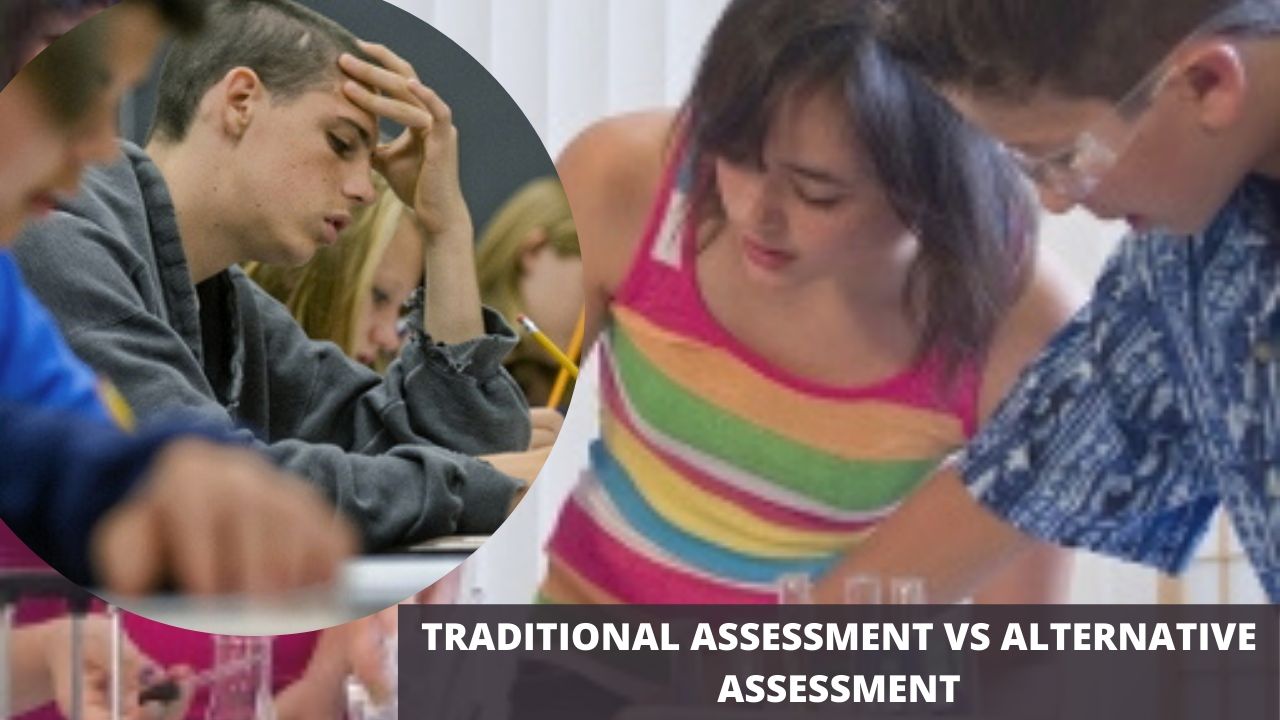In the evolving landscape of education, the methods used to evaluate student learning have sparked significant debate among educators and scholars. The dichotomy between traditional and alternative assessments forms the crux of this discussion. This article delves into the definitions, characteristics, advantages, and disadvantages of both assessment types, offering a comparative analysis to illuminate their impact on students and learning outcomes.
Assessment in education serves as a critical tool for gauging student learning, understanding educational needs, and shaping future teaching methodologies. Traditionally, assessments have followed a conventional path, focusing on standardized testing and quantifiable results. However, the emergence of alternative assessment strategies has challenged this norm, advocating for a more holistic approach to evaluating student learning.
What is Traditional Assessment?
Traditional assessment refers to the conventional methods of testing that have dominated the educational landscape for decades. These assessments are often standardized, focusing on quantifiable achievements through tests, quizzes, and exams. They are characterized by their structured format, offering clear, objective measures of student performance against predetermined criteria.
Advantages and Disadvantages
Advantages:
- Objectivity and Standardization: Traditional assessments provide a uniform benchmark for measuring student achievement, facilitating comparisons across different educational settings.
- Efficiency: These assessments can be administered to large groups simultaneously, making them time and resource-efficient.
Disadvantages:
- Limited Scope: They often fail to capture the breadth of a student’s abilities, focusing more on memorization than critical thinking or problem-solving skills.
- Stress and Anxiety: The high stakes associated with these assessments can induce significant stress among students, potentially affecting their performance.
What is Alternative Assessment?
Alternative assessment represents a paradigm shift towards more holistic and inclusive approaches to evaluating student learning. Unlike their traditional counterparts, these assessments are not solely reliant on standardized tests. They encompass a variety of formats, including portfolios, presentations, group projects, and self-assessments, aiming to provide a more comprehensive view of a student’s abilities and progress.
Advantages and Disadvantages
Advantages:
- Comprehensive Evaluation: Alternative assessments offer a broader perspective on student learning, capturing not only academic achievement but also critical thinking, creativity, and collaboration skills.
- Enhanced Student Engagement: By involving students in diverse and meaningful assessment tasks, these methods can boost motivation and engagement.
Disadvantages:
- Subjectivity: The qualitative nature of these assessments can introduce subjectivity into the evaluation process, potentially leading to inconsistencies.
- Time-Consuming: They require more time to prepare, administer, and evaluate, posing challenges in terms of efficiency and scalability.
Comparative Analysis
The choice between traditional and alternative assessment methods hinges on the educational objectives and the desired learning outcomes. While traditional assessments are effective for measuring specific knowledge and skills under uniform conditions, they may not fully encapsulate a student’s comprehensive abilities or potential. On the other hand, alternative assessments, with their focus on a holistic evaluation, can foster a deeper understanding and application of knowledge but may face challenges in standardization and practical implementation.
Conclusion
The debate between traditional and alternative assessments underscores the complexity of measuring educational achievement. Both methods have their merits and limitations, and the optimal approach may involve a balanced integration of both, tailored to the specific needs and goals of the educational context. As the landscape of education continues to evolve, so too will the strategies for assessing student learning, with the ultimate aim of fostering an environment that supports diverse talents and prepares students for the challenges of the future.










Thank you so much for sharing your very informative discussions.
Hey 🙂 Just between, are some totally uncorelated websites blogs to ours, however, they are ultimate worth checking order out..
I am really Glad i found this blog.Added allenchu.4rtofclean.com to my bookmark!
I simply couldnt leave your site before telling you which i really enjoyed the standard information you offer for your visitors Is going to be back often to check on on new posts
Several of the factors associated with this weblog publish are usually advantageous nonetheless had me personally wanting to understand, did they seriously suggest that? 1 point Ive acquired to say is your writing expertise are very good and Ill be returning back again for any brand-new blog post you come up with, you may possibly have a brand-new supporter. I book marked your weblog for reference.
Hello 🙂 Your post is very brilliant and fascinated, I like the idea and conce[tion. I retargeting main address for all friends Thanks!
Very soon this website will be famous amid all blogging and site-building
visitors, due to it’s fastidious posts